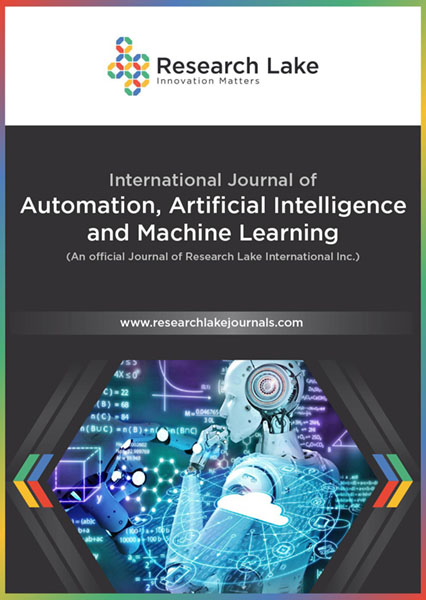Optimizing Travel Insurance Purchase Detection using Predictive Models
Abstract
What traveler features should be considered when designing airline travel insurance policies, and can predictive modeling enhance the accuracy of purchase predictions? Motivated by the increased need to safeguard investments due to frequent flight interruptions and cancellations during the COVID-19 pandemic and its travel restrictions, we investigate the uptake of flight travel insurance using predictive models. This study applies various machine learning techniques to a dataset consisting of 1,987 travelers, examining whether they purchased travel insurance (a binary classification problem). Performance metrics such as misclassification rate, precision, recall, F-score, and the area under the receiver operating characteristic curve (AUC) are used to assess model effectiveness. The models were optimized using cross-validation on the training data. Among the models tested, eXtreme Gradient Boosting Machine (XGBoost) achieved the highest accuracy rate of 86%, along with the best AUC, precision, recall, and specificity, indicating a 98% accuracy in predicting who will purchase travel insurance. Other robust models, such as ensemble methods and neural networks, also demonstrated strong performance, with similar AUC and precision scores. Features such as annual income, age, travel history, and education history were found to be the most significant predictors, while chronic disease history had little impact. Parsimonious predictive models, using only the most important variables, yielded better performance. Our findings highlight the critical role of predictive accuracy in helping insurers mitigate the financial risk due to travel interruptions.
Copyright (c) 2024 Benjamin Borketey, Ernest F Aboagye, Kwasi Danquah

This work is licensed under a Creative Commons Attribution-NonCommercial 4.0 International License.
Copyright © by the authors; licensee Research Lake International Inc., Canada. This article is an open access article distributed under the terms and conditions of the Creative Commons Attribution Non-Commercial License (CC BY-NC) (http://creative-commons.org/licenses/by-nc/4.0/).










